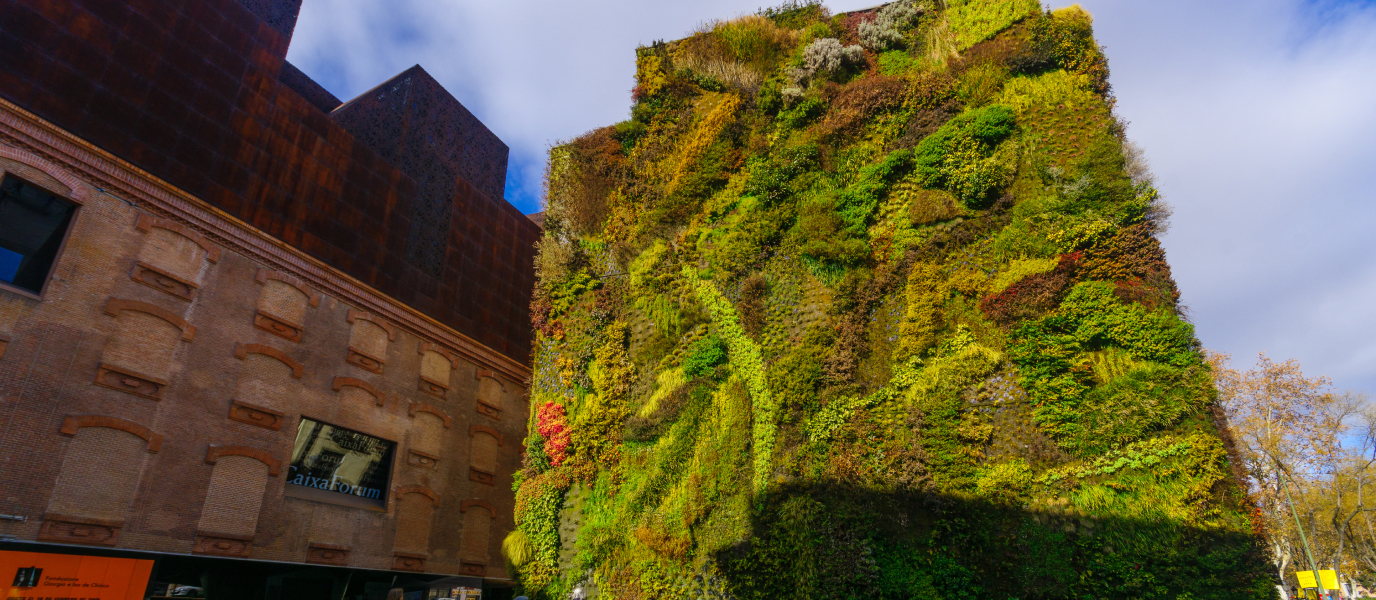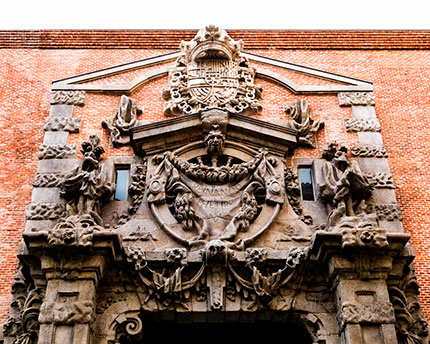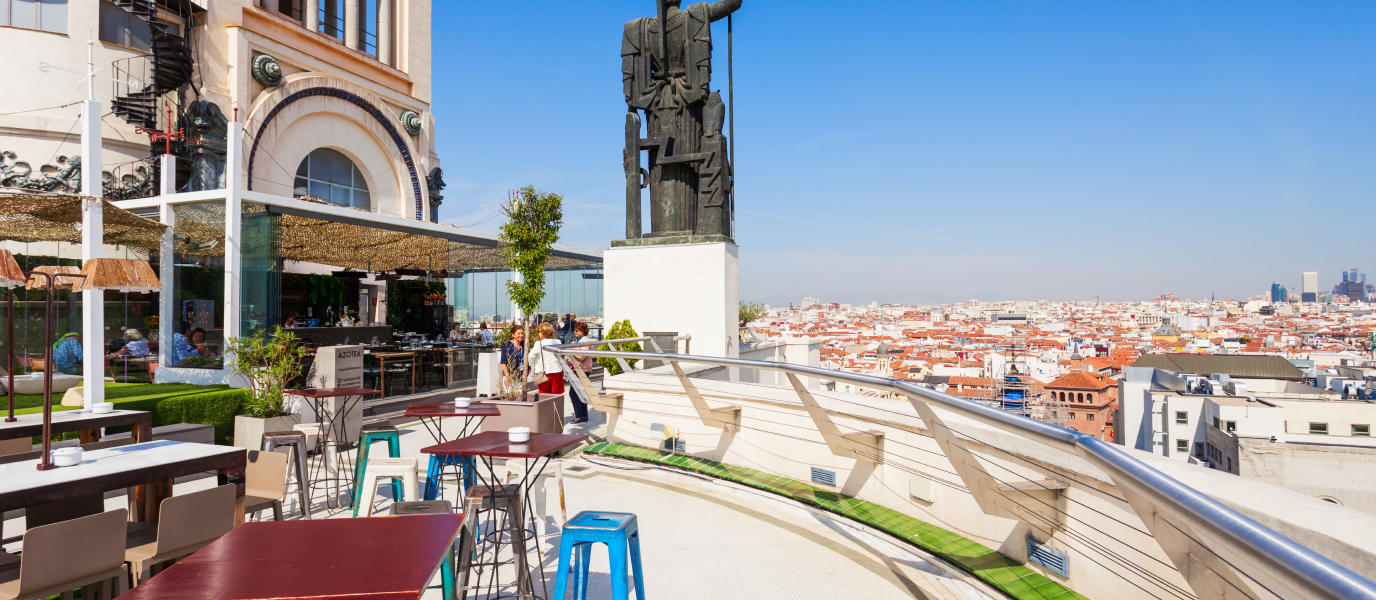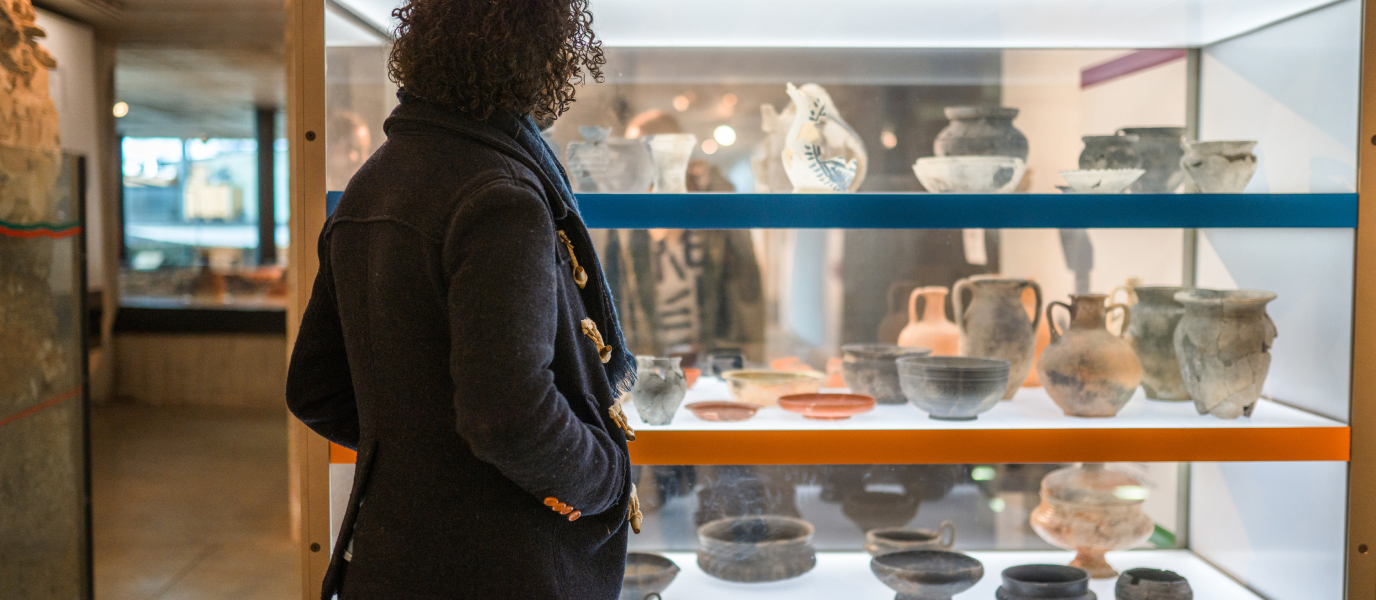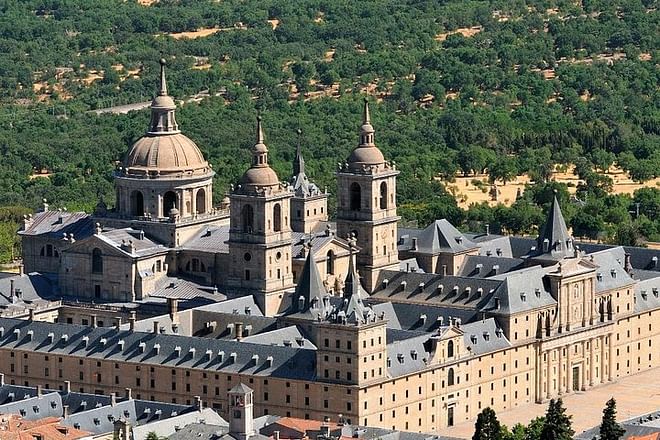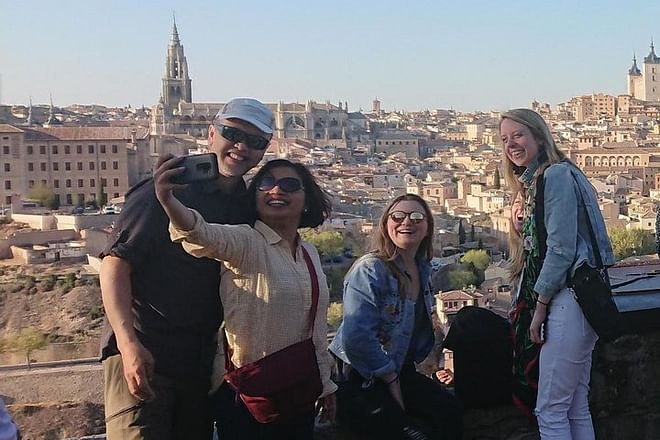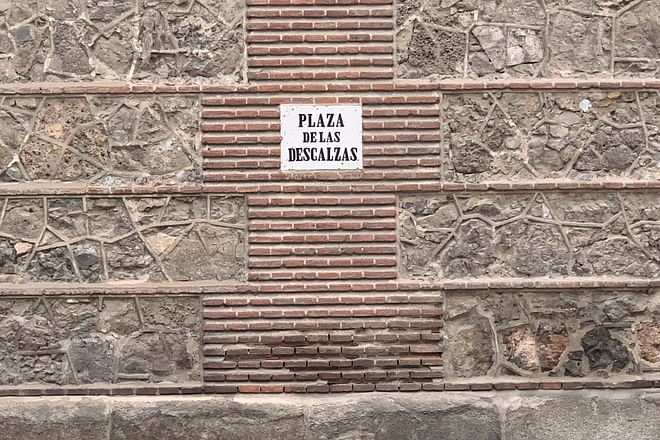The industrial appearance of CaixaForum Madrid contrasts heavily with the classic image of the majority of Madrid’s museums. The renowned Swiss architectural studio Jacques Herzog & Pierre de Meuron was commissioned to carry out the rehabilitation project of this important cultural space, which occupies the emblematic building of the former Mediodía Electric Power Station. The studio, which was awarded the Pritzker Architecture Prize in 2001, put forward a project that was to quintuplicate the space of the nineteenth-century former industrial building. By way of an extension its size was expanded to 10,000 m2 with a roof that resembles a mountain chain and two underground floors in which the auditorium is situated.
This symbolic, avant-garde space was opened in 2008 and, since then, has turned many heads. How could one not possibly notice its beautiful vertical garden or the way the building seemingly levitates? Its location right on Paseo del Prado, in front of the Royal Botanical Garden, is also an added plus.
The vertical garden and other symbols
Before entering the CaixaForum Madrid, it’s worth learning a little about its history. The origins of the original building date back to the year 1900 when the industrialist José Batlle decided to build a factory to generate electricity from coal combustion to supply the southern sector of Madrid. To get a feel for its original size, some 2,000 m2, you can wander around outside and walk around the block. Both the coal bunker and the water tanks of the former factory have been preserved.
Stand in front of the main façade to observe the brick walls, on the lower half of the building, accentuating its factory-like appearance, and the way they contrast with the roof made from weathering steel adorned with a series of die-cuts at the top. The skylight built into the roof fills the central part of the museum will additional light.
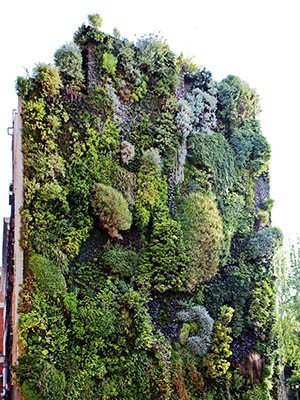
The small square situated in front of the CaixaForum Madrid was created by demolishing an old petrol station. Sit down on one of its benches and admire the sight of the fountain and the vertical garden that covers the side of a neighbouring building. This natural tapestry measuring 24 metres in height is composed of 15,000 plants and 250 different species. The wonderful work was created in 2008 by Patrick Blanc and has a hidden watering system so that the plants are beautiful and green all year round.
Exhibitions at the CaixaForum Madrid
The building is accessed by a metal stairway that leads right to the foyer, where you can get information or visit the shop. Alternatively, you can continue up the escalator to the upper floors, but be sure not to miss the spectacular circular staircase, an architectural feature often compared with the Guggenheim Museum in New York.
The museum’s exhibitions are usually temporary and alternate throughout the whole year with different time scales. They are normally found in halls 2 and 3, and include anything from retrospectives of important photographers to Egyptian archaeology or audiovisual experiences. The museum usually offers guided tours of the exhibitions to facilitate understanding.
In the same building, visitors can also enjoy other services, such as the cafeteria, an unusual space with lamps that resemble the drops of water of a stalactite in a cave. If you take a seat at one of the tables situated next to the trellis-covered window you will be able to enjoy a lovely view in which you can make out part of the Museo del Prado, the Church of San Jerónimo el Real and the Museo Reina Sofía. The activities on offer in the auditorium, which has capacity for 322 people, are also varied and revolve around music, theatre and conferences.
Visiting with children
Families can certainly benefit from the cultural offerings of CaixaForum Madrid, as it has an excellent programme of activities and workshops for children, including crafts, music and film seasons, to bring their imagination and their love for the arts to life. If you’re interested in any of them, consult the programme and reserve a place in advance, as they are usually very popular.
If visiting the CaixaForum Madrid has given you a taste for more, rest assured, as the sociocultural centre run by the La Caixa Foundation has counterparts with the same function and philosophy distributed across Spain. You can visit anyone of them if you happen to be passing through Barcelona, Girona, Lleida, Tarragona, Seville, Palma or Zaragoza.
Finally, if you’re a fan of art, we recommend continuing your day of culture on the Paseo del Arte (the name given to this stretch of important art museums), which includes the Museo Nacional del Prado, the Museo Nacional Thyssen-Bornemisza and the Museo Nacional Centro de Arte Reina Sofía.
























































